Kiplinger Inflation Outlook: Inflation Slows, but Tariff Effects Still to Come
Inflation cooled in March, but that relief looks to be short-lived.

Kiplinger’s Economic Outlooks are written by the staff of our weekly Kiplinger Letter and are unavailable elsewhere. Click here for a free issue of The Kiplinger Letter or to subscribe for the latest trends and forecasts from our highly experienced Kiplinger Letter team.
Headline inflation dropped again in March, to 2.4% from 2.8% in February, and core inflation (prices excluding food and energy) also slipped, to 2.8%, from 3.1%. Those reductions were more than economists had expected. Gasoline prices dropped 6.3%, and airfares declined 5.3%, after a 4.0% decrease in February, because of the lower cost of aviation fuel. Both shelter and medical services costs continued at a moderate rate of increase. New-vehicle prices edged up, but used-vehicle prices declined 0.7%, breaking a six-month string of increases. The price of groceries rose a largish 0.5% from a month earlier, and 2.4% over the past year. Egg prices were up again, and have soared 60% over the past 12 months. The avian flu has severely reduced flocks at egg-laying chicken farms. Beef prices continued to rise and are up 8.6% over the past year. The cost of dining out continued to rise at a moderately strong pace and is up 3.8% over the past year.
New tariffs are likely to push up prices soon. Despite the 90-day pause in the highest tariffs, the 25% duties on imported cars and auto parts will raise both the average prices of new and used vehicles, and the cost of vehicle repair and insurance. The 145% tariff on China and 10% tariff on most other countries will affect prices of clothing, electronics and many other goods.

Sign up for Kiplinger’s Free E-Newsletters
Profit and prosper with the best of expert advice on investing, taxes, retirement, personal finance and more - straight to your e-mail.
Profit and prosper with the best of expert advice - straight to your e-mail.
March’s progress on inflation will please the Federal Reserve but is unlikely to give the central bank enough reason to cut interest rates when it meets on May 7. The Fed will want to see the effects of tariffs on inflation over the next several months before acting. There is a possibility that it could cut rates at its June 18 meeting if it thinks the economy is slowing a lot.
While news headlines focus on the Consumer Price Index, note that the Fed’s goal of 2% inflation is based on a measure called the personal consumption expenditures deflator, not the CPI. The PCE deflator tends to run about half a percentage point below the CPI these days. The PCE deflator excluding food and energy rose at a 2.8% rate for the 12 months ending in February, compared with the core CPI’s 3.1% February number. But that is still too high for the Fed’s 2% target.
Related content
Get Kiplinger Today newsletter — free
Profit and prosper with the best of Kiplinger's advice on investing, taxes, retirement, personal finance and much more. Delivered daily. Enter your email in the box and click Sign Me Up.

David is both staff economist and reporter for The Kiplinger Letter, overseeing Kiplinger forecasts for the U.S. and world economies. Previously, he was senior principal economist in the Center for Forecasting and Modeling at IHS/GlobalInsight, and an economist in the Chief Economist's Office of the U.S. Department of Commerce. David has co-written weekly reports on economic conditions since 1992, and has forecasted GDP and its components since 1995, beating the Blue Chip Indicators forecasts two-thirds of the time. David is a Certified Business Economist as recognized by the National Association for Business Economics. He has two master's degrees and is ABD in economics from the University of North Carolina at Chapel Hill.
-
 Sam's Club Plans Aggressive Expansion: Discover Its New Locations
Sam's Club Plans Aggressive Expansion: Discover Its New LocationsSam's Club expansion plans will open up to 15 new stores each year. Learn where they plan to open in 2025.
By Sean Jackson Published
-
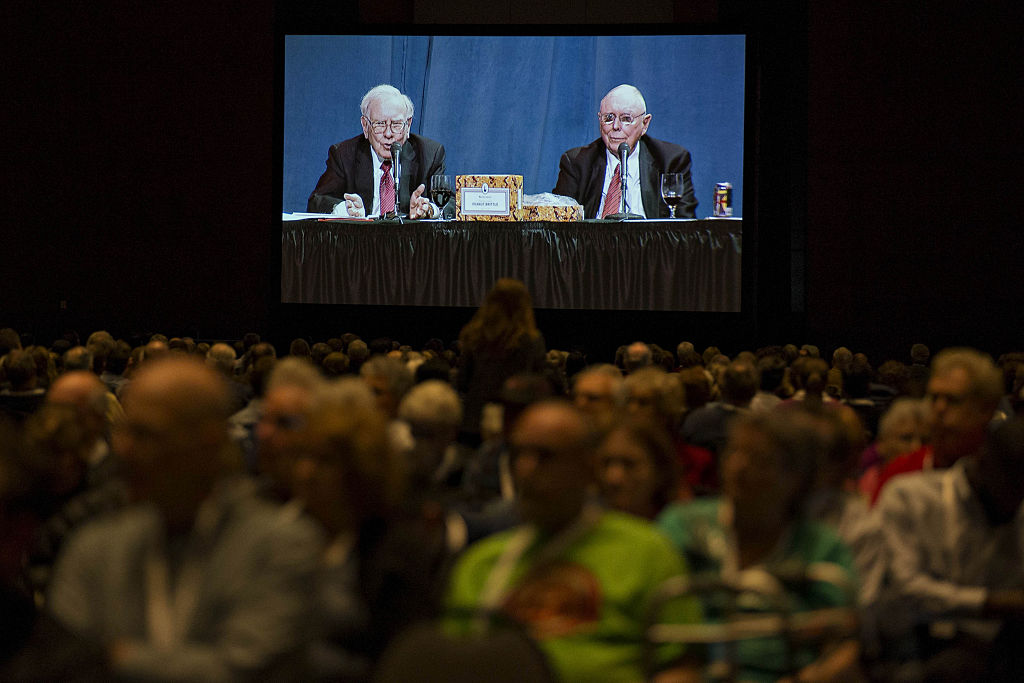 What Is the Buffett Indicator?
What Is the Buffett Indicator?"It is better to be roughly right than precisely wrong," writes Carveth Read in "Logic: Deductive and Inductive." That's the premise of the Buffett Indicator.
By Charles Lewis Sizemore, CFA Published
-
 The AI Doctor Coming to Read Your Test Results
The AI Doctor Coming to Read Your Test ResultsThe Kiplinger Letter There’s big opportunity for AI tools that analyze CAT scans, MRIs and other medical images. But there are also big challenges that human clinicians and tech companies will have to overcome.
By John Miley Published
-
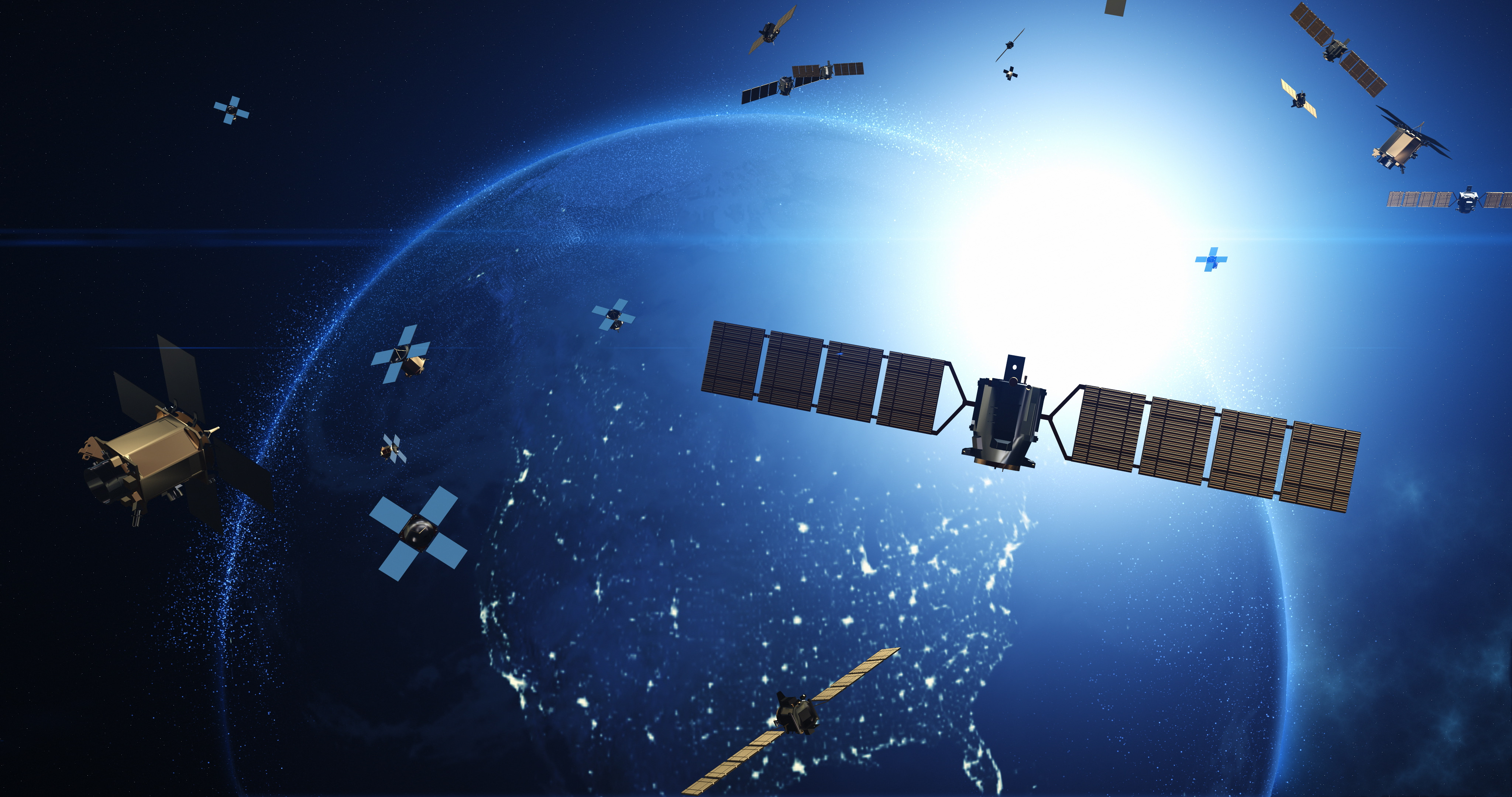 The New Space Age Takes Off
The New Space Age Takes OffThe Kiplinger Letter From fast broadband to SOS texting, space has never been more embedded in peoples’ lives. The future is even more exciting for rockets, satellites and emerging space tech.
By John Miley Published
-
 Rising AI Demand Stokes Undersea Investments
Rising AI Demand Stokes Undersea InvestmentsThe Kiplinger Letter As demand soars for AI, there’s a need to transport huge amounts of data across oceans. Tech giants have big plans for new submarine cables, including the longest ever.
By John Miley Published
-
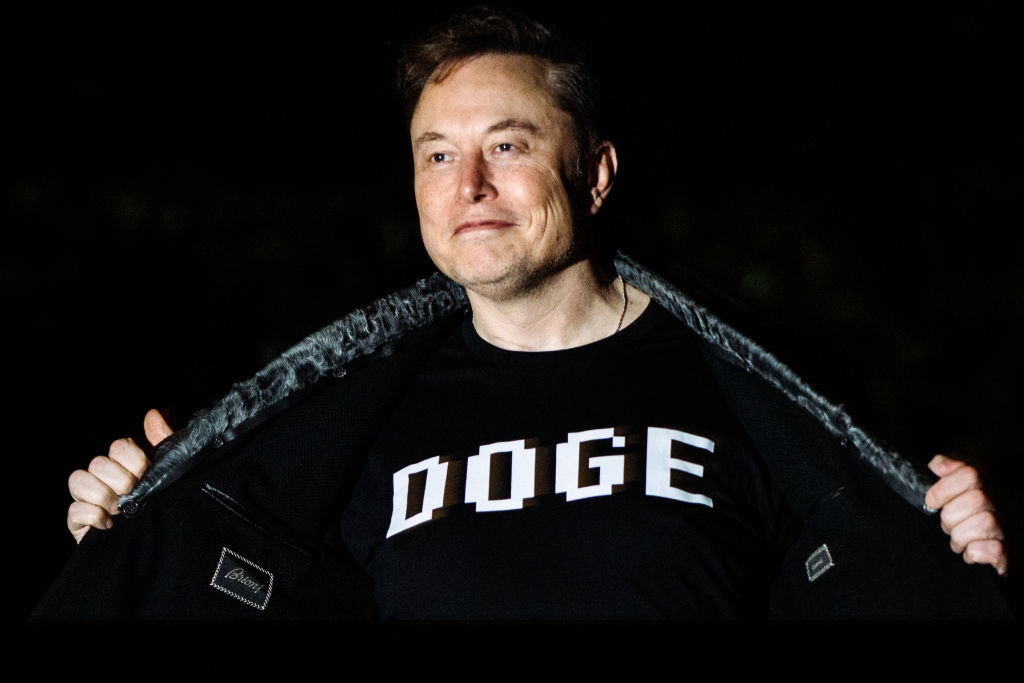 What DOGE is Doing Now
What DOGE is Doing NowThe Kiplinger Letter As Musk's DOGE pursues its ambitious agenda, uncertainty and legal challenges are mounting — causing frustration for Trump.
By Matthew Housiaux Published
-
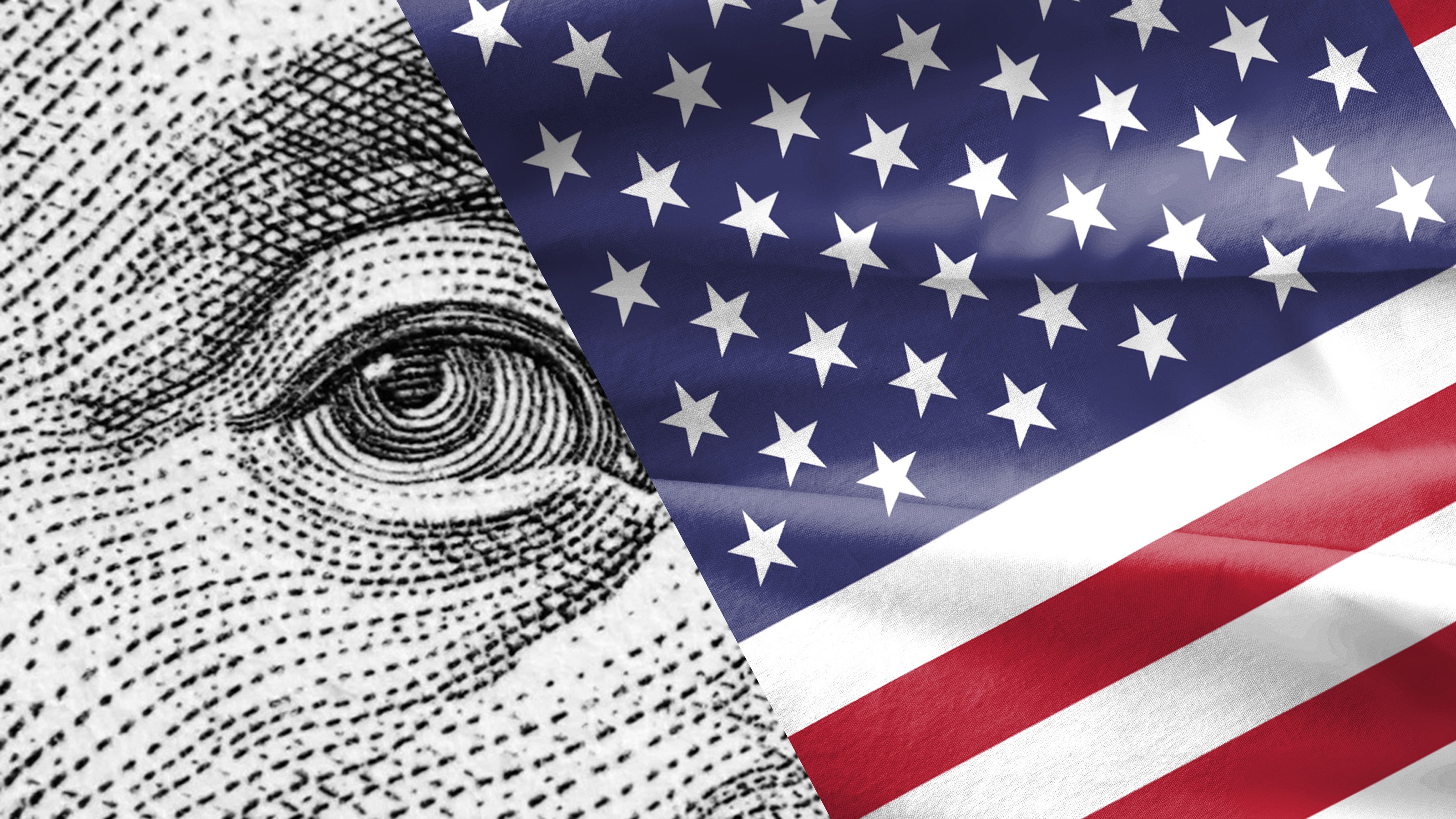 A Move Away From Free Trade
A Move Away From Free TradeThe Letter President Trump says long-term gain will be worth short-term pain, but the pain could be significant this year.
By David Payne Published
-
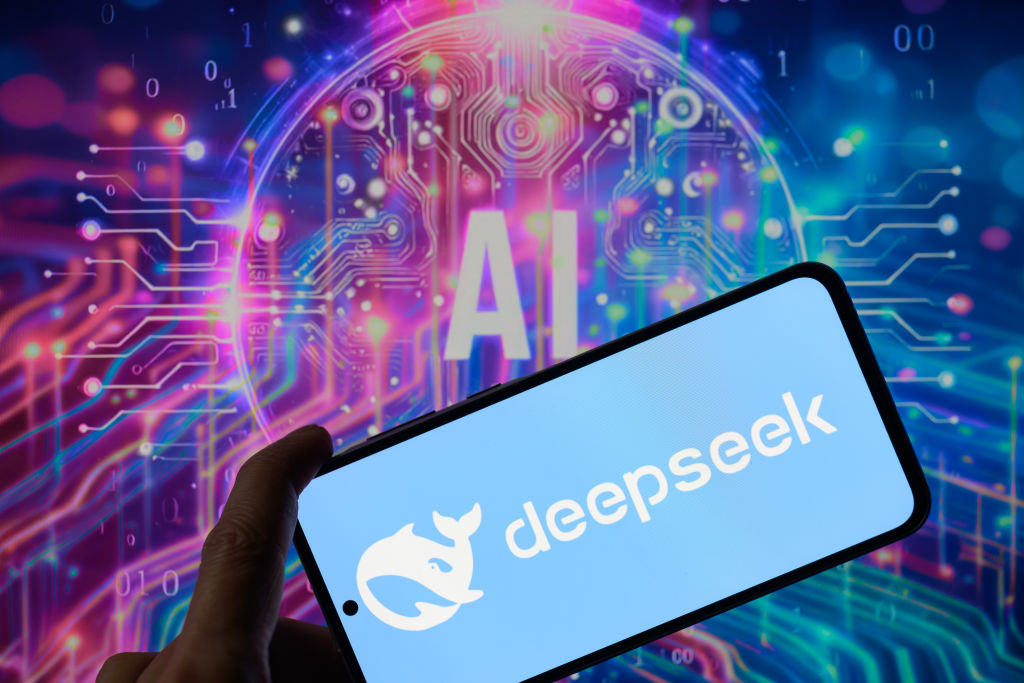 The Explosion of New AI Tools
The Explosion of New AI ToolsThe Kiplinger Letter Workers and consumers soon won’t be able to escape generative AI. Does that mean societal disruption and productivity gains are right around the corner?
By John Miley Published
-
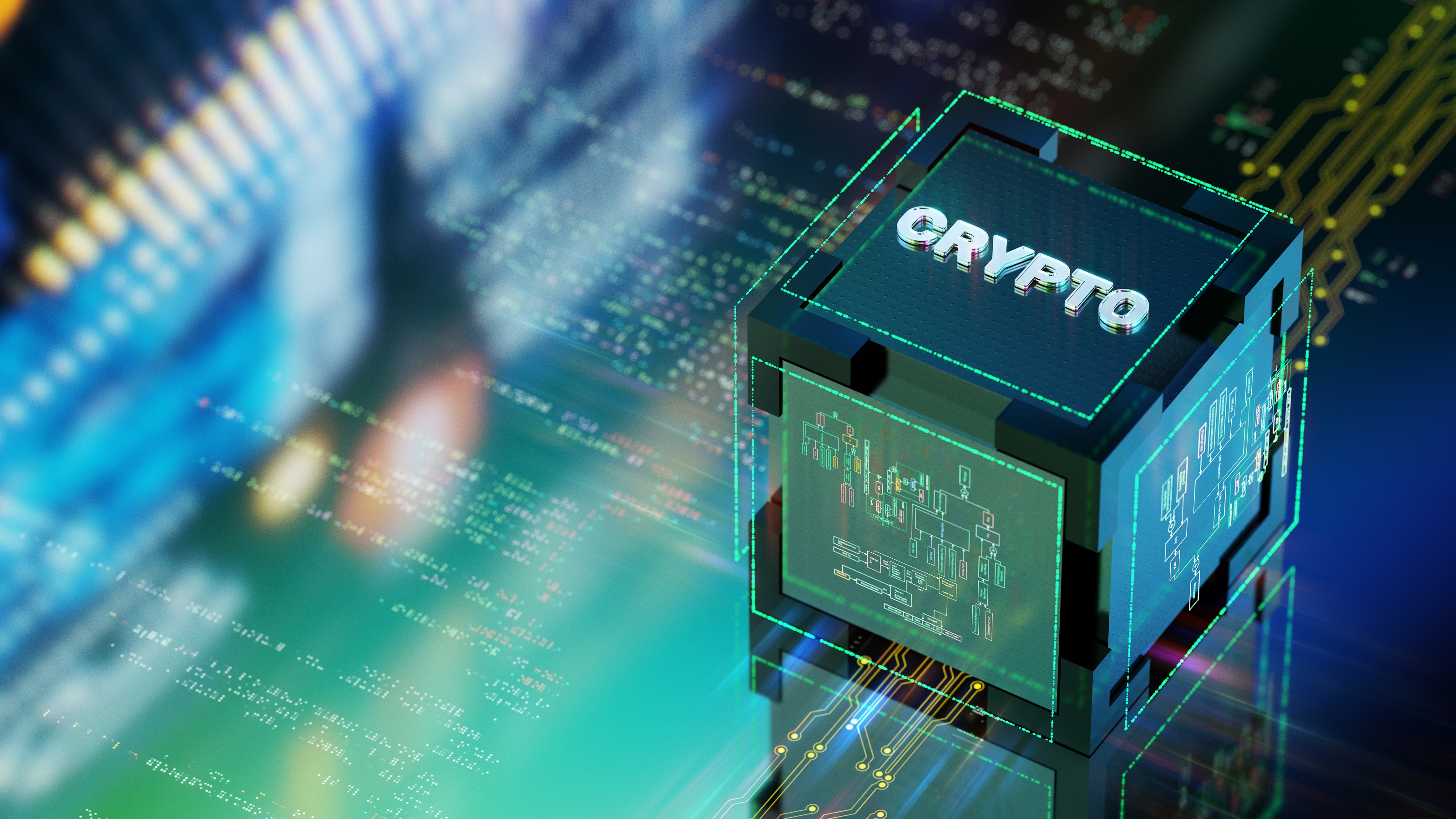 Trump’s Whirlwind Month of Crypto Moves
Trump’s Whirlwind Month of Crypto MovesThe Kiplinger Letter The Trump administration wants to strengthen U.S. leadership in the cryptocurrency industry by providing regulatory clarity.
By Rodrigo Sermeño Published
-
 Excitement Over AI Propels IT Spending
Excitement Over AI Propels IT SpendingThe Kiplinger Letter IT sales set to surge in 2025 as businesses rush to adopt generative AI.
By John Miley Published